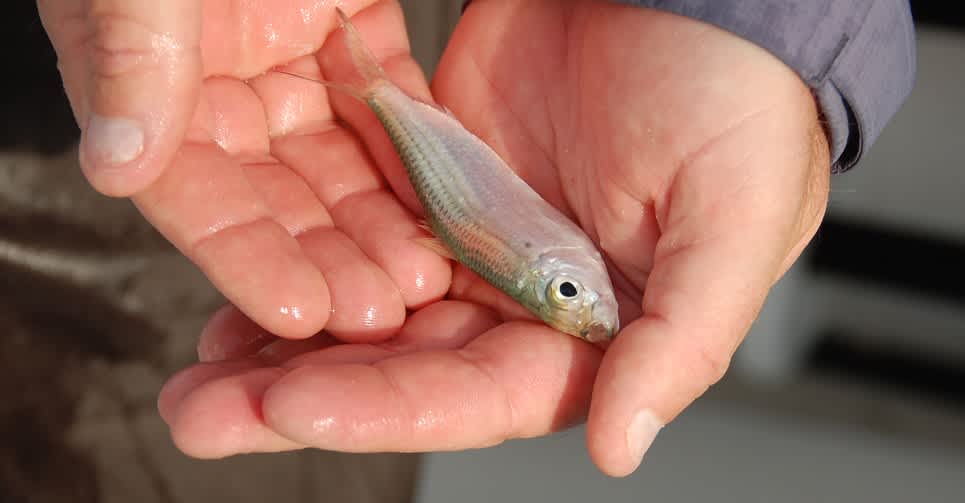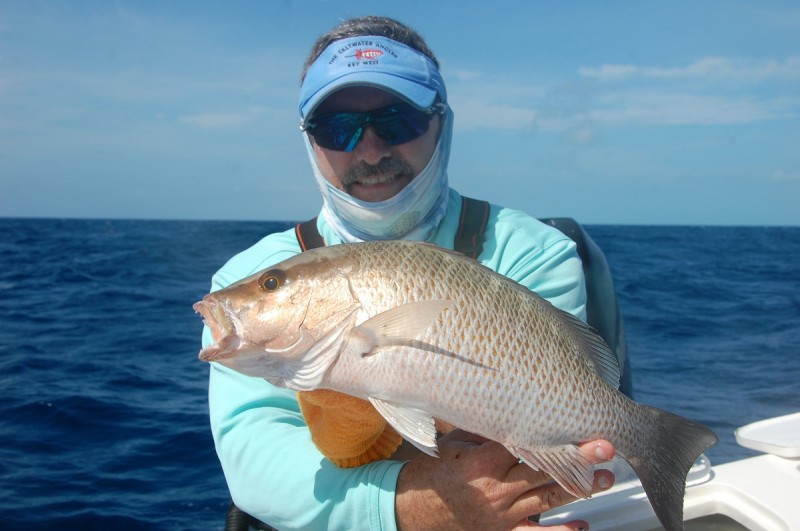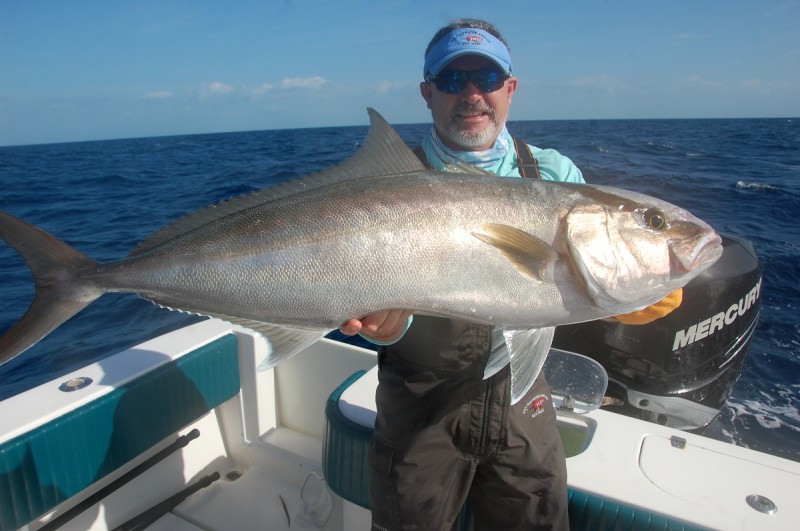Essential Tactics for DIY Saltwater Anglers
Kevin Tate 02.19.15

Captain Tony Murphy has spent a lifetime honing his saltwater skills in the shallows and depths around Key West. Here are a few of his best tips for any do-it-yourselfer out to fill a freezer this spring.
Live baby live
There may be as many different lure options on the market as there are fish in the sea, and a well-stocked tackle box should hold a good sample of them all. But when it comes to reliably provoking lots of strikes and keeping the reels in action, nothing beats live bait. Murphy likes to target small pilchards in shallow water with the use of a circular cast net, rounding up bait with an artful, spinning throw and a well-timed pull of the hand line. In deeper water around rock piles, he’ll used a multi-hooked Sabiki rig, a monofilament leader three or four feet long with a weight at the end and a half-dozen or so individual drops above, each adorned with a tiny fly mimicking the preferred food of pilchards, sardines, and other small members of the herring family.
Pilchards caught in the shallows by way of cast net tend to run smaller. A Sabiki rig deployed in deeper water can rake in something bigger. Depending on the time of year and what you’re looking for, bigger may sometimes be better but, as Murphy says, “Just about everything you’d fish for eats a pilchard,” so the little guys are never a bad thing to have along.

Developing a good hand for operating a cast net comes with practice, but it’s practice that can begin in the backyard. Operating the Sabiki rig is pretty simple. They’re sold pre-tied and carefully wrapped onto a card. Tie a weight to one end and your line to the other. Unfurl the rig in between and start fishing.
For the birds
For Murphy, finding baitfish is a process that begins by finding the birds. Starting in the shallows, he likes to begin stocking his livewell by joining the pelicans at their table.
“You’ll find pilchards where the pelicans are feeding,” he says. “To tell what they’re eating, watch them after they dive. If they dive and then keep their head down, they’re filtering very small food out of the water, but if they dive and pick their heads back up, they’re feeding on pilchards and they’re trying to funnel as many down their throat as they can before they get away.”
When you see that behavior, Murphy says, ease up on their location from the upwind side and use a good pair of polarized glasses to spot the schools of fish. Approaching from the upwind side makes tossing the cast net much simpler and can lead to a full bait box in a hurry.
When pelicans aren’t present, one of the best airborne indicators around are the white terns.
“Both inshore and offshore, white terns show me where the bait is,” Murphy reports. “They seem to be fussier than all the other birds, so they’re more reliable. When they over, dive, come up fast and stay, there’s bait there.”
Just don’t be gulled by the gulls, Murphy says.
“Sea gulls will dive on anything.”
Presentation for powerful persuasion
Once you’ve got your live bait loaded, presenting it properly is the next vital key. Murphy favors using the lightest gear that will reliably work, choosing fluorocarbon leaders to the exclusion of all others, handling baitfish as cautiously as possible to keep them very much alive, and hooking them through the lips from below, allowing them as much freedom as possible to move about down below.

For reef fishing, he’ll rig Shimano Terez 15 to 40 weight rods with Shimano Saragosa 8000 reels loaded with 50-pound PowerPro braid, tying on 30-pound fluorocarbon leader and either 2/0 or 3/0 hooks on drops above an egg sinker.
“The freer the bait swims, the quicker the bite,” Murphy says, “especially with the offshore species like tuna and sailfish. They have big eyes and good senses. A bait that makes a dash will better provoke strikes.”
To fish with Captain Murphy, call 305-293-1814 or email tony@keylimey.com. To learn more about visiting the Keys and Key West, visit www.fla-keys.com or call 1-800-FLA-KEYS.

